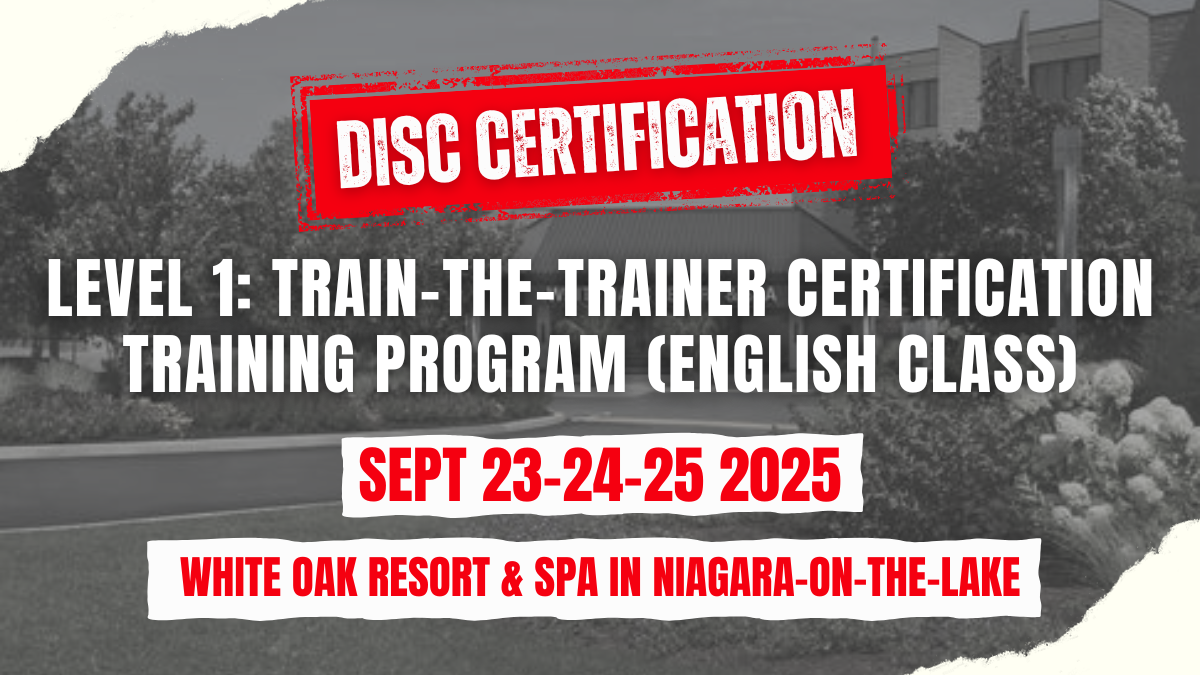One thing many employees can agree on is that for most companies, “productivity” is often defined solely by traditional metrics used to measure it.
For example, organizations tend to focus on squeezing more work out of each hour or finding ways to streamline processes to save time to justify that work in the office has been productive. This approach has been the norm for years. However, with today’s evolving workforce, it’s clear that organizations need to consider other factors to thrive truly.
One key factor is employee happiness.
Take the Japanese tech company Hitachi, for instance. A few years ago, they launched an experiment where participating employees used wearables and a mobile app to track their daily happiness. The app provided AI-based suggestions to boost self-confidence, motivation, and psychological safety while aligning with management goals.
The results were eye-opening. By prioritizing employee happiness, Hitachi saw a 33% increase in psychological capital, leading to greater engagement, improved job satisfaction, reduced turnover, and less burnout. Remarkably, the organization also experienced a 10% increase in profits, with most participants reporting that they felt “happy.”
These findings raise an important question: how critical is it for today’s organizations to make this shift?
As we continue with our blog series (you can catch Part 1, Part 2, Part 3, and Part 4 here), we will explore the answers to this question further.
Why Rethinking Your Productivity Metrics Matters
If you work in a corporate setting or manage an organization, you’re likely well-acquainted with the term “productivity metrics.” Productivity metrics are the measurements used to assess how efficiently employees, teams, or the entire organization are performing. They typically focus on quantifiable outcomes like the number of tasks completed, hours worked, or output generated over a specific period.
These metrics give companies insight into operational efficiency, helping them identify areas of improvement or reward high performers. However, while these are traditional metrics used for years, looking into them closely reveals that they often emphasize quantity over quality. When organizations focus purely on output, they miss the bigger picture: how happy and fulfilled employees might perform better in the long run.
To prove that, another study conducted by the Saïd Business School at Oxford University found that happy workers are 13% more productive. Interestingly, this doesn’t mean they’re putting in more hours; instead, they simply accomplish more within the time they have, thanks to their positive mood.
Unfortunately, Deloitte’s 2024 Global Human Capital Trends survey highlights a significant gap. While this insight should be a priority for organizations, only 17% of respondents reported that their company is “very” or “extremely effective” at assessing the value individual workers bring—beyond just tracking their activities or outputs.
Signs It Might Be Time to Rethink Your Metrics

If you’re wondering whether your organization is among the many that overlook employee values, consider these signs from Deloitte’s 2024 Global Human Capital Trends survey:
-
- Your organization tends to focus on measuring work output rather than evaluating the broader organizational goals you’re striving to achieve.
- Despite investing in new technology, traditional productivity levels remain stagnant.
- Your leaders feel inundated with data and want to concentrate on what truly matters.
- Team members are experiencing burnout due to the perception—or reality—of being constantly monitored for activity.
- Employees engage in “productivity theater,” completing tasks primarily to appear busy rather than genuinely productive.
Why Do Organizations Struggle to Change Their Productivity Metrics?
If you’ve realized that your organization needs to rethink its performance metrics, it’s essential to understand why this change is so challenging. Traditional productivity metrics have been entrenched in many companies for years, often due to internal factors they haven’t examined or external influences that skew their understanding of productivity.
Here are a few reasons your organization might be struggling to broaden its perspective on performance:
Pressure to Prove Efficiency
Organizations often feel compelled to prove their efficiency and productivity, especially during economic fluctuations. This pressure can lead to a narrow focus on short-term results rather than fostering a supportive environment that encourages long-term growth and employee well-being.
Lack of Clarity on What To Measure

Many leaders find themselves unsure of which metrics truly matter for their teams. This confusion can stem from a lack of clarity on organizational goals or an overload of available data, making it difficult to determine what will drive meaningful improvements.
Unnecessary Paranoia Over Employee Productivity
Concerns about employee productivity can lead to what’s been termed “productivity paranoia.” This fear often results in increased surveillance and monitoring, undermining trust and negatively affecting morale. When workers feel watched, it can create a cycle of stress that ultimately harms overall productivity.
It’s Time To Shift to Human-Centric Performance Metrics
All that to say, it’s clear that traditional productivity metrics simply won’t cut it in today’s evolving workplace. Workers today are more concerned about their well-being, work-life balance, and finding meaning in their roles rather than just churning out tasks. While output is still essential, employees want to feel valued, supported, and empowered to do their best work without sacrificing personal happiness.
This shift in priorities means organizations need to rethink how they measure success. Sticking to old metrics like hours worked or tasks completed doesn’t account for the more human side of performance—creativity, collaboration, job satisfaction, and mental health. By focusing only on numbers, companies risk burning out their talent and missing the chance to unlock their full potential.
Human-centric performance metrics, on the other hand, take a more holistic approach. These metrics factor in employee engagement, well-being, and growth opportunities, giving organizations a clearer picture of how their workforce is genuinely performing. When workers feel supported and motivated, productivity naturally follows, creating a more sustainable and positive work environment. Now is the time for businesses to realize and embrace this change if they want long-term success.
How DISC Drives Human-Centered Performance Metrics
As we’ve mentioned in our blog series, DISC is an incredible tool that organizations can use to improve almost any aspect of their team or business.
Regarding shifting towards human performance metrics, DISC provides valuable insights into each team member’s unique motivators, communication style, and overall measure of happiness.
By understanding the different DISC personality types, organizations can use these preferences and adjust their management and workplace culture to ensure each employee feels fulfilled and productive.
To help you have a better understanding, here’s how each DISC personality differs:
Direct (D)
People with Direct personalities are all about action, results, and taking charge. They feel happiest when they have the freedom to make decisions and tackle challenges head-on. For them, success is measured by how quickly and effectively they can achieve their goals.
To keep Direct types motivated, give them the autonomy to make decisions and tackle big, challenging projects. They love responsibility, so let them take the lead where possible. Feedback that’s direct and results-focused is what drives them. And if you can offer them clear goals or competitive targets? Even better!
Inspiring (I)
Inspiring personalities are all about connection, energy, and creativity. They’re happiest when they’re interacting with others, bouncing ideas around, and getting positive recognition for their work. The social aspect of the job is just as important as the work itself.
Create a lively, collaborative environment where they can share ideas and shine. They’ll thrive in roles where they can be creative, work with people, and get recognized for their efforts. Public praise or team shoutouts go a long way with them. And if you can offer opportunities for them to network and lead group projects, you’ll keep their energy and motivation high.
Supportive (S)

Supportive types are all about stability, teamwork, and feeling like they belong. They’re happiest in environments where they feel secure, where the team feels like a family, and where there’s a real sense of collaboration and support.
For Supportive folks, it’s all about creating a stable and close-knit team environment. They appreciate regular check-ins to make sure everything’s running smoothly and that they feel valued. Emphasize the importance of teamwork and be sure they know they’re an important part of the group. If they have a clear path for personal growth and consistent support, they’ll be more than happy.
Cautious (C)
Cautious personalities value precision, structure, and independence. They find happiness in roles where they can focus on getting things right, working methodically, and diving deep into details without too many interruptions.
To support Cautious types, provide clear instructions, detailed expectations, and the space to work independently. They thrive in environments where they can focus, analyze, and get everything just right. Offering consistent guidelines and plenty of time for problem-solving will make them feel comfortable and valued. The more structure and clarity, the better!
It’s Never Too Late To Rethink Your Strategy
If your organization hasn’t yet made the shift to focus on employee happiness as a key factor in productivity, it’s not too late to rethink your strategy. While traditional metrics may have worked in the past, the evolving needs of today’s workforce call for a fresh approach—one that prioritizes well-being, engagement, and job satisfaction.
Whether it’s by enhancing work-life balance, providing growth opportunities, or cultivating a collaborative environment, investing in your team’s well-being is always a smart strategy that will yield significant returns in the long run. And the sooner you take action, the quicker you’ll notice the positive effects on both your employees and your organization as a whole.


